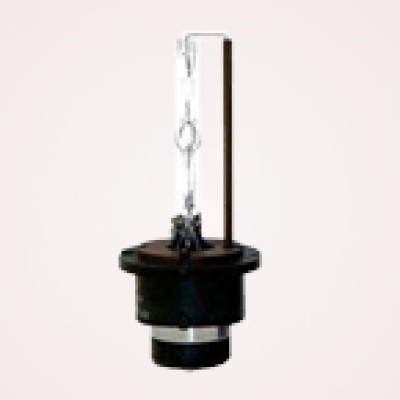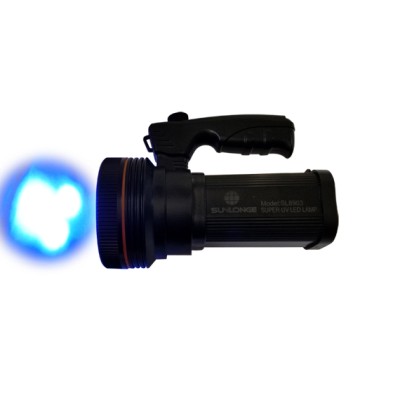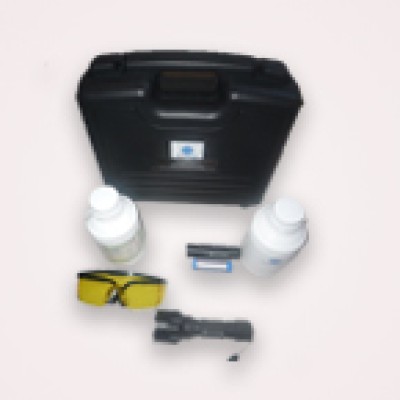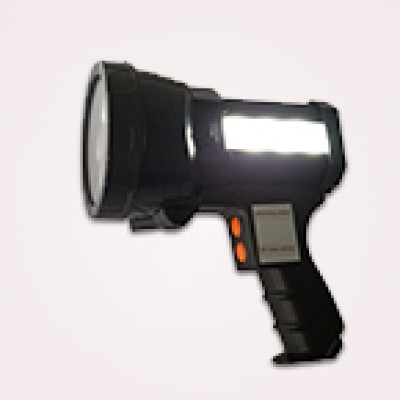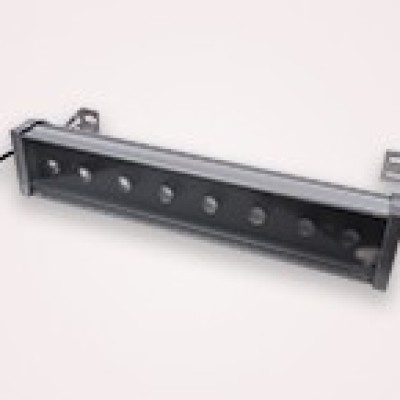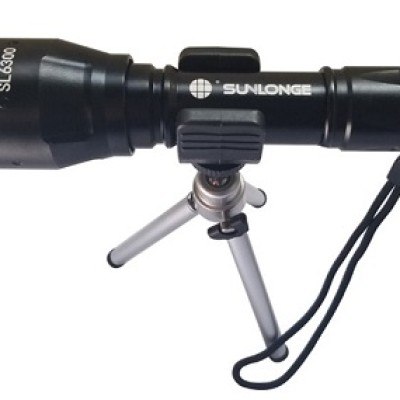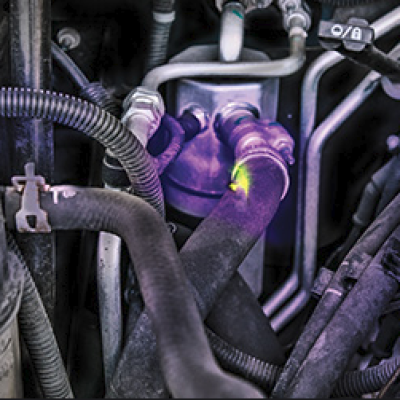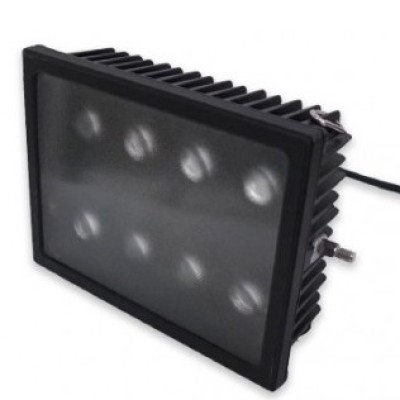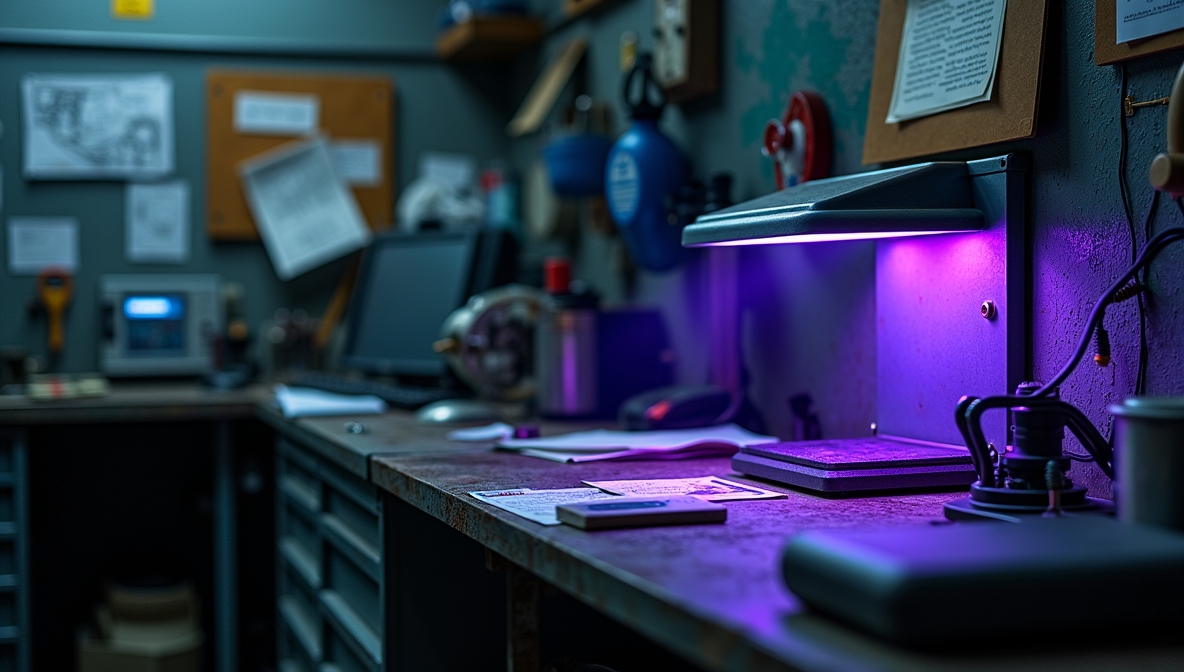
When it comes to choosing the right tools for non-destructive testing (NDT), industrial inspections, or other specialized applications, selecting the right UV dye lamp is crucial. A UV dye lamp plays a significant role in highlighting leaks, cracks, and other issues in materials that are invisible to the naked eye, especially when combined with UV-sensitive dyes. Whether you’re a professional in manufacturing, automotive, or plumbing, choosing the right UV dye lamp can make all the difference in achieving accurate results, efficiency, and durability.
In this article, we’ll provide a comprehensive guide to help you choose the best UV dye lamp for your business. From understanding the key factors such as wavelength, intensity, battery life, and durability, to evaluating what fits your specific application needs, this guide is designed to equip you with all the knowledge needed to make the right purchase.
What is a UV Dye Lamp?
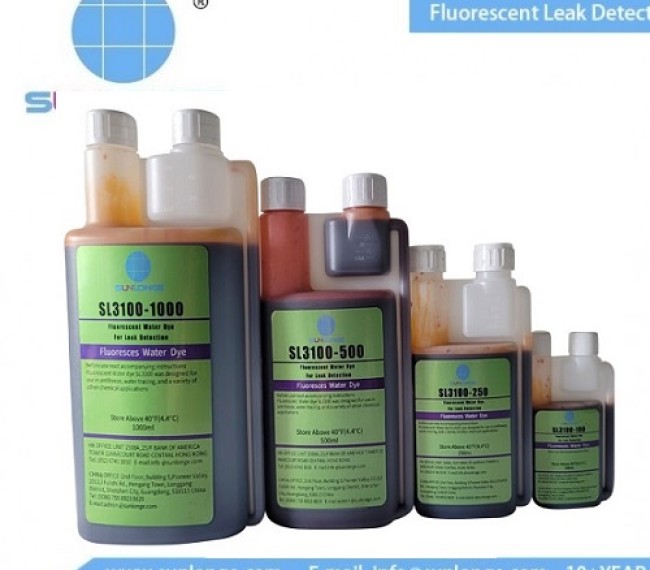
A UV dye lamp is a specialized tool used to detect leaks, cracks, or other issues in a variety of applications, including plumbing, HVAC systems, automotive, and more. These lamps work by emitting ultraviolet (UV) light that causes UV-sensitive dyes to fluoresce. The lamp helps make otherwise invisible leaks or defects highly visible, allowing for quick and efficient inspections.
Commonly used for leak detection, material inspection, and quality control, UV dye lamps are especially popular in non-destructive testing (NDT) and diagnostic procedures. By shining the UV light onto an area with a fluorescent dye, users can quickly identify areas of concern and perform repairs before they become significant problems.
Key Factors to Consider When Choosing a UV Dye Lamp
Selecting the right UV dye lamp for your business depends on a variety of factors, including the type of work you do, the environment in which you operate, and your specific application requirements. Below are some of the most important aspects to consider:
- Wavelength
The wavelength of the UV light emitted by the lamp is one of the most critical factors to consider. UV dye lamps typically emit light in the range of 365 nm to 395 nm, with the specific wavelength needed depending on the type of dye being used. Different dyes fluoresce under different wavelengths, and using the correct wavelength ensures optimal performance.
- 365 nm UV Light: This wavelength is ideal for detecting leaks in automotive systems, HVAC, and plumbing systems where dyes designed for this wavelength will produce the brightest fluorescence.
- 395 nm UV Light: Suitable for general-purpose inspections and applications where a broader spectrum of fluorescence is needed, but it might not be as effective for some specific types of dye.
- Intensity
The intensity of the UV light affects how well you can see the fluorescence of the dye. For accurate and effective inspection, the lamp must provide sufficient intensity. A higher intensity UV lamp will be better suited for larger surfaces or tougher environments, while lower intensity lamps may be adequate for smaller or more localized inspections.
When choosing a UV dye lamp, consider the following:
- For outdoor or well-lit environments, a high-intensity UV light may be needed to overcome ambient light.
- For smaller, confined spaces, lower-intensity lamps may work just as well and offer better portability and battery life.
- Battery Life
For portable UV dye lamps, battery life is a significant factor. A longer battery life is essential for professionals who need to use the lamp for extended periods, especially during fieldwork or in environments where recharging may not be immediately possible. Look for a UV lamp with a battery life that can last for a full working day, or consider lamps with rechargeable batteries for added convenience.
Many UV dye lamps come with rechargeable batteries that can last anywhere from 2 to 8 hours depending on the intensity settings and usage patterns.
- Durability
UV dye lamps are often used in industrial and outdoor environments, meaning they must be able to withstand harsh conditions. Whether you’re working in a workshop, on a construction site, or in an automotive repair facility, the lamp should be built to endure bumps, drops, and exposure to dirt or moisture.
Key durability features to look for include:
- Water resistance: IP-rated for protection against water splashes or immersion.
- Shock resistance: Robust construction that can handle drops and rough handling.
- Lightweight design: For ease of use and portability, especially when using the lamp for long periods.
- Ergonomics and Portability
For those who need to use a UV dye lamp for extended periods, ergonomics and portability become key considerations. A lightweight design, comfortable grip, and easy handling are essential for reducing user fatigue. Compact models are perfect for working in tight spaces, while larger models may provide more powerful light but could be bulkier to handle.
How to Use a UV Dye Lamp Effectively
Once you have selected the right UV dye lamp for your business, it is important to use it correctly to ensure the best results. Here are some essential tips for effective use:
- Prepare the Surface: Before using the UV dye lamp, ensure the surface is clean and free from debris to avoid interference with the fluorescence.
- Apply the UV Dye: Depending on the application, apply the UV-reactive dye to the area you are inspecting. In many cases, you’ll be working with a system that has been pre-filled with the dye for leak detection.
- Shine the UV Lamp: Use the UV dye lamp to shine ultraviolet light over the area. Look for bright, glowing areas where the dye is present, indicating leaks or cracks.
- Inspect Thoroughly: Use the lamp to inspect all relevant parts of the system, ensuring you cover all areas that might have a potential leak.
UV Dye Lamp Options: How to Choose the Right One
Here’s a table to help you compare different UV dye lamp options and their features, enabling you to make a more informed decision.
| Feature | Sunlonge UV Dye Lamp | Standard UV Dye Lamps |
| Wavelength | 365 nm or 395 nm options available | Typically 365 nm or 395 nm |
| Intensity | High-intensity LED for bright fluorescence | Standard or adjustable intensity settings |
| Battery Life | Up to 8 hours on a single charge | Typically 2-6 hours depending on power settings |
| Durability | IP65-rated, shockproof design | Varies by brand, often not as durable |
| Portability | Lightweight and ergonomic design | Varies, typically bulkier models |
| Additional Features | Rechargeable, UV safety features | Often lacks rechargeable features |
Q&A: Frequently Asked Questions About UV Dye Lamps
Q1: What is the difference between a UV dye lamp and a regular UV flashlight?
A UV dye lamp is specifically designed to work with UV-reactive dyes, which fluoresce under UV light. While regular UV flashlights can be used for general illumination, UV dye lamps are more powerful, have adjustable intensities, and are calibrated for leak detection or other industrial applications.
Q2: Can UV dye lamps detect all types of leaks?
UV dye lamps are most effective for detecting refrigerant leaks, especially in automotive, HVAC, and plumbing systems. They are also used for crack detection in materials like metal, plastic, and fiberglass. However, their effectiveness depends on the type of dye used and the material being inspected.
Q3: How often should I replace the batteries in my UV dye lamp?
The battery life of a UV dye lamp varies by model, but as a general rule, replace the batteries when you notice reduced performance or when the lamp no longer holds a charge for the expected duration. Always use the manufacturer’s recommended battery type for best results.
Q4: Are UV dye lamps safe to use?
Yes, UV dye lamps are safe to use when handled properly. It’s important to wear protective eyewear when using a UV lamp, as direct exposure to UV light can be harmful to the eyes. Many UV lamps come with built-in safety features to reduce risk.
Q5: Can I use a UV dye lamp for other applications beyond leak detection?
Yes, UV dye lamps can also be used for other industrial applications, such as crack detection, surface inspections, and quality control checks. They are versatile tools used in various fields including automotive, manufacturing, and construction.
Conclusion
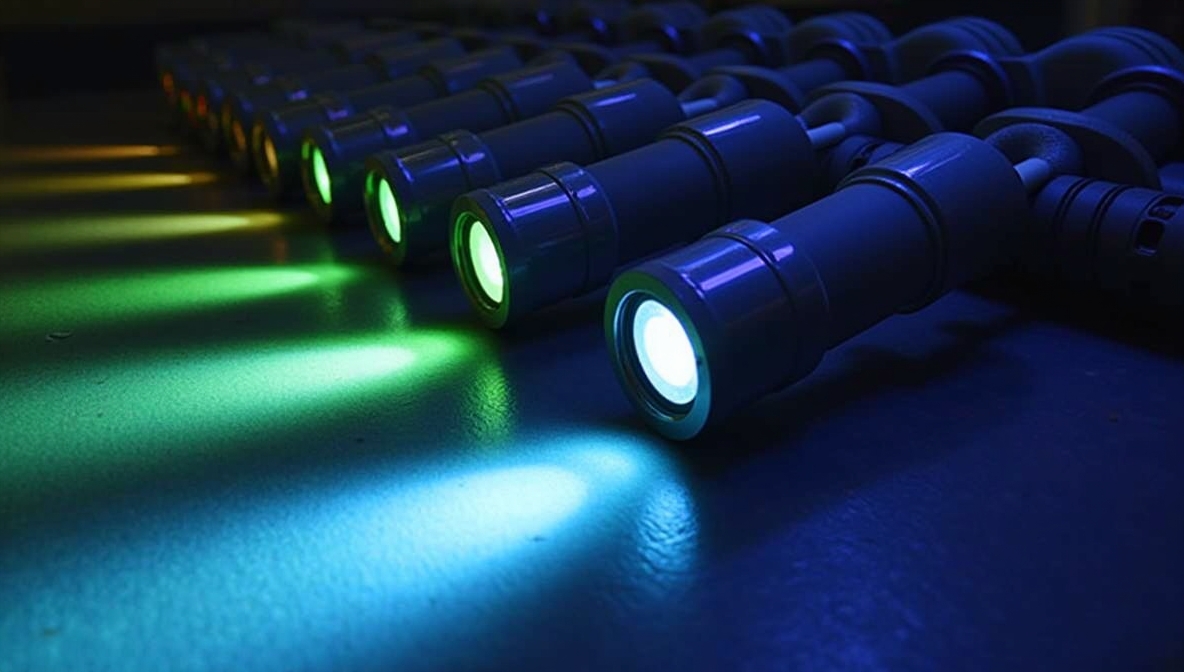
Choosing the right UV dye lamp for your business is crucial to ensuring efficient, accurate, and eco-friendly inspections. By understanding the key factors like wavelength, intensity, battery life, and durability, you can select a UV dye lamp that meets your specific needs. Whether you’re using the lamp for refrigerant leak detection or material inspections, the right tool will make your work easier and more effective, leading to better results and enhanced sustainability.
At Sunlonge, we offer high-quality UV dye lamps designed to meet the demands of professionals across industries. For more information or to inquire about our UV dye lamps, visit Sunlonge or contact us today!
 CN
CN

